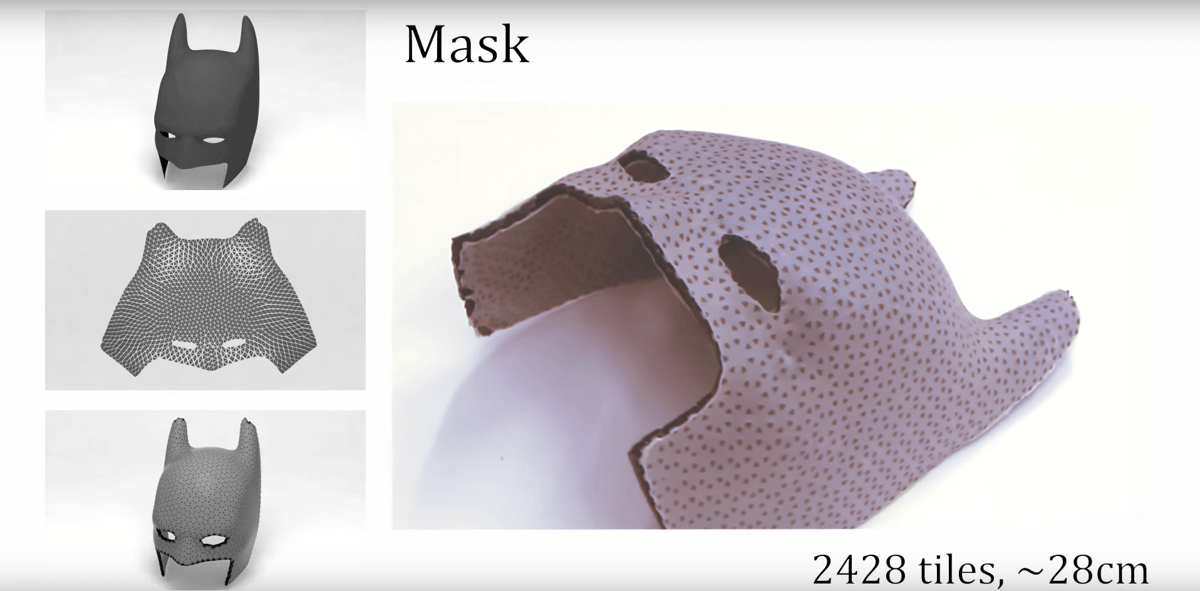Austrian researchers have developed a process to create objects that can self-transform from 2D to 3D without external influence.
Although 3D printing is still a young technology that is bustling with potential, researchers are already working to take things to the next dimension: 4D printing. This advanced manufacturing approach utilizes objects that are able to transform either physically or mechanically, usually sparked by external forces such as heat.
Read more:
A team of computer scientists from the Institute of Science and Technology Austria recently developed what they call “CurveUps”. This process creates flat sheets that are able to transform themselves into smooth and free-form 3D objects through self-actuation.
Even more impressively, these metamorphosing prints are able to shift from 2D to 3D without any external influence, a feat that is rare even in the realm of 4D printing. The development could be used for a number of applications, such as biomedical devices and autonomous robotics.

CurveUps: 3D Printed Objects Undergoing Self-Transformation
Prior to this research, objects capable of mutating from flat to 3D were restrained to those with sharp edges and little curvature. However, the method developed at IST Austria eliminates those previous limitations while opening doors to new opportunities in 4D printing.
“Self-actuating objects are such objects that transform themselves. This implies that they are ‘programmed’ for a certain self-transformation–they ‘know’ the way they need to deform–and at the same time they store enough energy for the planned transformation. But current progress still has room for significant improvement in terms of limitations and ease of production,” says Ruslan Guseinov, a PhD student in the Computer Graphics and Digital Fabrication group at IST Austria.

These “CurveUps” also aid in the development of new fabrication techniques. Firstly, the research team created a mechanism for self-transforming shells that go from flat to smooth doubly curved surfaces. The second method is software-based, using computational algorithms to configure the mechanism to replicate user-input shapes.
In addition to Guseinov, the research team was comprised of Eder Miguel, a former postdoc in the group and current postdoc at Rey Juan Carlos University, as well as group leader and IST Austria Assistant Professor Bernd Bickel.
The findings are visually laid out in the comprehensive YouTube video posted by the team. If you want learn more about these mighty morphing 3D printing objects, check it out below!
Source: Design News
License: The text of "“CurveUps” Are Flat Printed Objects That Transform Into 3D Shapes" by All3DP is licensed under a Creative Commons Attribution 4.0 International License.